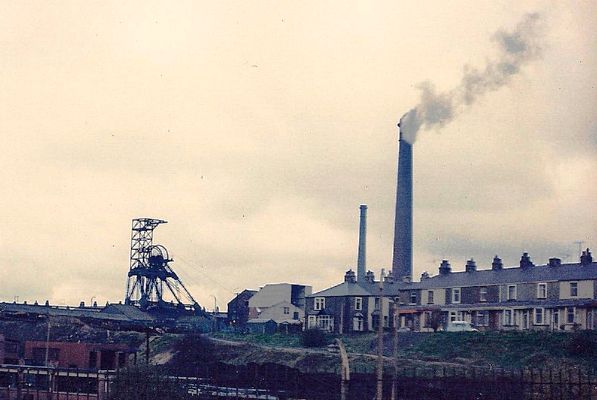
Bank Hall Colliery
Used with kind permission of b3tarev3
The first shafts of this mine were sunk by Exors of John Hargreaves between 1865 and 1869. They reached the four feet thick Arley Mine at a depth of 287 yards. This was a highly valued seam of coal near the base of the Middle Coal Measures. It was worked until 1925. Other seams worked were the King Mine, between 1905 and 1925, and the Dandy (or Upper Arley) Mine from 1910 to 1935.
During 1913-4 a new shaft, No.4, was sunk to the Lower Mountain Mine, with production beginning in 1915. From that date onwards this seam was the major source of coal at Bank Hall. Though usually referred to as the Lower Mountain Mine, this seam was actually the Union Mine, formed by the merger of the Upper Foot and true Lower Mountain Mines.
The National Coal Board took over the mine on January 1st 1947 (Vesting Day) and made significant investments in this large colliery. New haulage routes were driven for battery locomotives, which pulled five ton mine cars. No.4 Shaft got a new pit bottom to handle the latter.
It proved to be very gassy and, when mechanised, to ignitions of firedamp (flashes) caused by sparks made when cutter picks hit nodules of iron pyrites. This problem became so bad that the National Coal Board stopped the last face working in the Union Mine on January 11th 1971, and closed the mine on April 17th 1971. Salvage work was followed by demolition of surface buildings which began later that year and ended in 1972.
Further reading:
- Nadin, J. 1997 The Coal Mines of East-Lancashire (British Mining No.58, NMRS)
- Williamson, I.A. 1999 “The Burnley Coalfield” British Mining No.63, NMRS, pp.5-27

